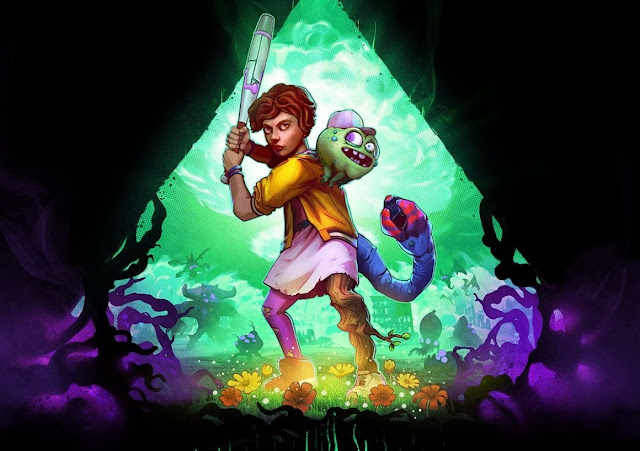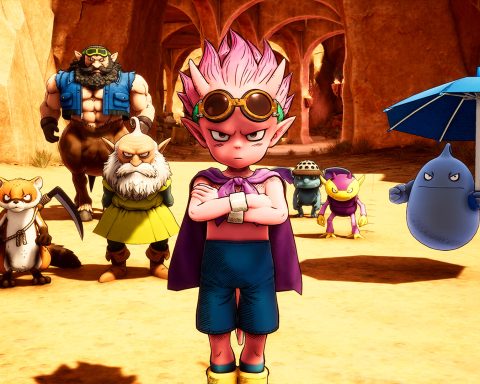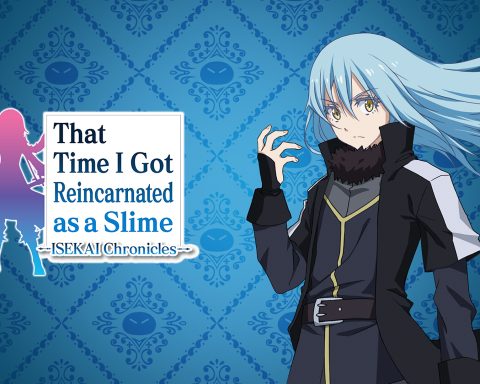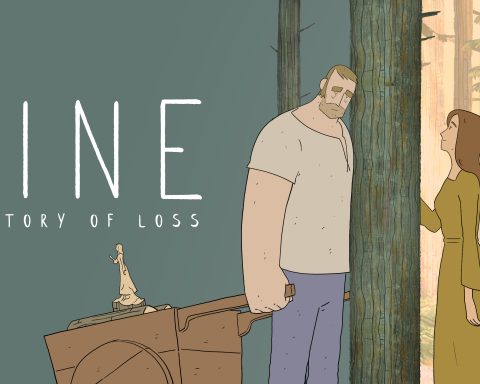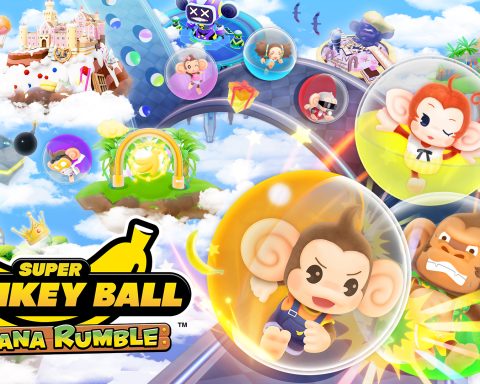Review by Matt S.
Children of the 80’s, perk up. If you grew up with a diet of He-Man, She-Ra, Transformers and the Dungeons & Dragons cartoon (hey, look, I wasn’t asking you to judge me here), then you owe it to yourself to play RAD. It’s not the perfect game, but the developers sure did nail the 80’s.
RAD is set in an apocalyptic wasteland (actually, one that has gone through two apocalypses, because back in the 80’s, nothing in cartoons was subtle). You play as a kid who is tasked with plunging through the wasteland for reasons, killing everything and acquiring mutations along the way. Eventually, they’ll probably be killed, but that’s okay, because this is a roguelike and that’s the point.
RAD’s mutations are its biggest gameplay quirk and contribution to the roguelike structure. Rather than standard experience levels, every time your character “levels up” they develop a new mutation. Those mutations are doled out at random, and these things can give you access to a vast range of different skills and abilities. Sadly, the random nature of the enemies and levels on top of the random nature of the level perks combine to make one layer too many of randomness. More than a few times I had a run ruined because blind bad luck got the better of me. RAD’s not an overly difficult game on the face of it, as your character is very mobile and has access to plenty of abilities. But, when you’re deep into a run only to have it ruined because you haven’t ended up with the right combination of abilities, RAD can be frustrating in a way that even the most difficult roguelikes are not.
Did I care, though? Not in the slightest, because I was too absorbed into the rhythmic pulsing of the synthesizers in the background, the brilliantly bad (and tonally spot on) voice over guy, and the rich creativity of the environments and enemies that I was encountering. Think of the aesthetics of the 80’s, and one thing that will immediately spring to mind is “neon”. RAD isn’t coloured in neon, but its bold aesthetic, where every colour looks like it’s actively fighting with the others around it to stand out, is every bit the reason that neon was so prominent in the 80’s. Double Fine have carried over with a perfect understanding on how to do the rich and gaudy without exhausting the audience.
It’s the little touches that help to make it clear that RAD was developed by a developer of fine caliber, too. Currency is in cassettes – those ridiculously devices that we relied on to store and protect our precious music collections of David Bowie, The Cure, and Rick Astley (I already told you to stop judging me). Cassettes were as notorious for their capacity to self destruct as they were beloved for how cool they looked in our boom boxes and Walkmans. Making the cassette the currency in a game where you lose everything if you die is… well, it’s just clever.
You get a chance to head back to home base between levels, and deposit excess cassettes in a storage container to help you out with a later run. While wandering around what passes for a “village”, other characters will comment on your increasingly mutated look. They’re so awestruck over how awesome you look that it’s like you’re living out their Toxic Avenger film fantasy for them (and if you are now wondering why Toxic Avenger is not part of the Avengers, please click away from this review now, because you’re clearly too young to appreciate what I’m talking about). RAD doesn’t have much of a story – it is a roguelike – but it has oodles of heart and personality, and it’s that attitude that will have you playing over, and over again.
In case it wasn’t abundantly obvious from this review, I don’t know if RAD will appeal to the young ‘uns out there. While it’s not going to quiz you on your 80s trivia, it certainly assumes that you’ve seen enough stuff from the 80s, and lived in that aesthetic, to really appreciate how much energy went into recreating the vibe. I suspect that younger players will simply find this to be a well-presented roguelike. I think back to another early era homage RPG, Ace Team’s The Deadly Tower of Monsters, and I do feel like that one will appeal to a broader audience, precisely because the jokes are more carefully structured to appeal to everyone, and the ye olde references are window dressing.
Really, the only thing that RAD is missing is Richard Simmons. As a game, there’s a bit of a misfire in that the one area where RAD looks to distinguish itself from its peers actually hurts more than it helps, but the core action remains sound, and the nostalgia trip back to my childhood was like a precious gift. I question just how many 30-somethings are out there looking for a new time-draining roguelike to play, but regardless of just how niche RAD’s audience turns out to be, I’m very glad that Double Fine gave it a crack.
– Matt S.
Editor-in-Chief
Find me on Twitter: @digitallydownld

